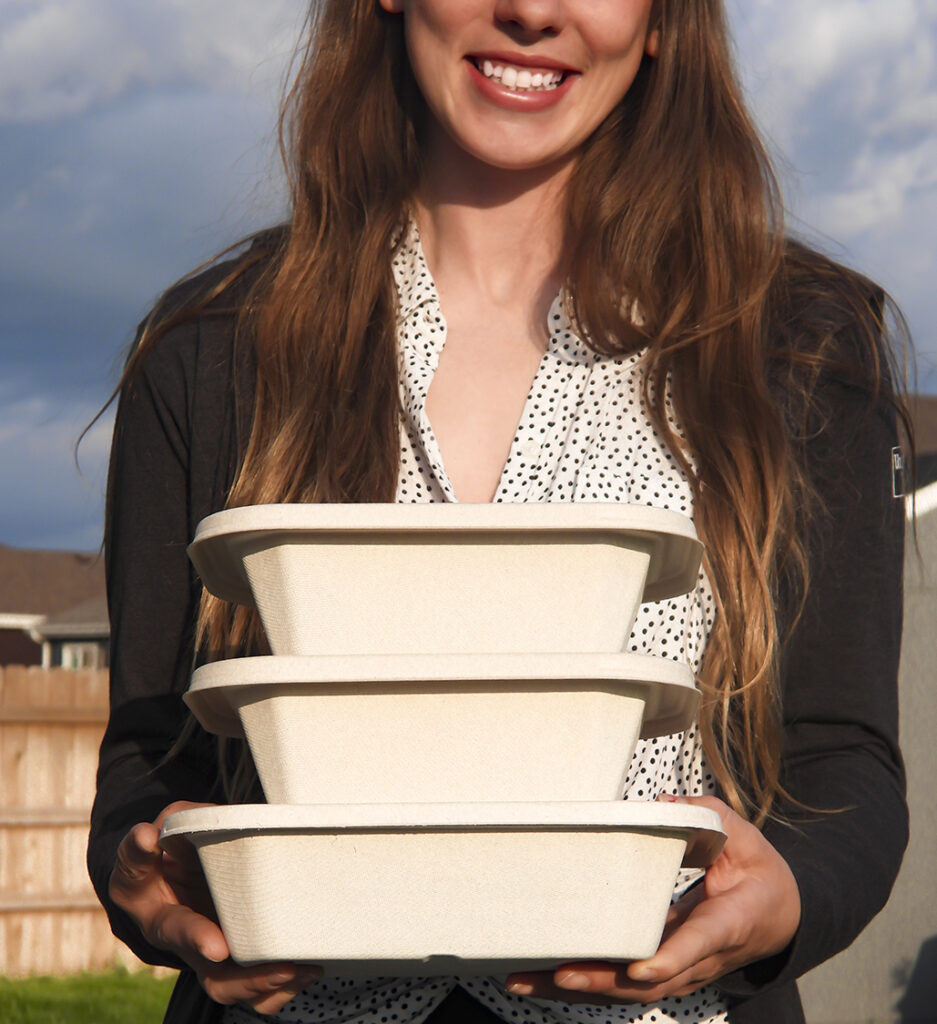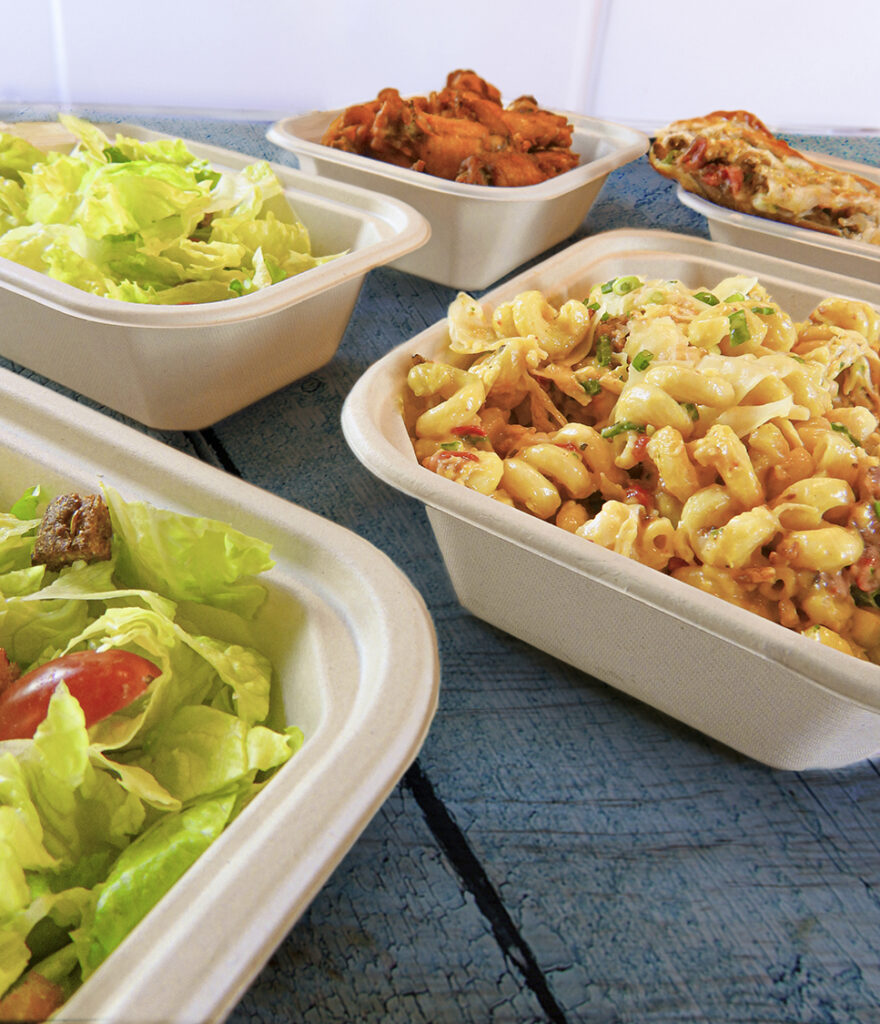For foodservice companies, adopting a regenerative, circular mindset isn’t just good branding—it’s good business
By Savannah Seydel, vice president of sustainability, Better Earth

The foodservice industry has spent decades honing one of the most efficient and effective supply chains in the world. Not only does it deliver fresh food to an ever-expanding population, it does so at low cost and with minimal disruption.
The unfortunate fact remains, however, that this system is breaking. We operate under the guise of the “linear economy,” where we make things, use them briefly, then throw them away. In the world of food, this looks like high yields of food grown with artificial fertilizers and pesticides that degrade the soil, transported miles to their final destination, where over one third of the food is then wasted.
Battling Soil Degradation
This is not a minor problem, either. Generating just three centimeters of topsoil takes 1,000 years. And if current rates of degradation continue, all the world’s top soil could be gone within 60 years, according to the United Nations. Talk about a threat to the foodservice industry.
In the short-term, soil degradation means less nutrient-dense foods. In fact, several studies have confirmed that one would have to eat eight oranges today to derive the same amount of vitamin A as our grandparents would have gotten from one.
The key to tackling both? Healthier soil. Embracing regenerative, circular practices to revitalize soil may be the keystone solution to addressing climate change, while simultaneously bolstering our local economy, improving the quality of food and boosting profits.
From Field to Fork to Field
Restaurants and catering companies can incorporate this thinking across their operations, with packaging serving as a key element. Today’s plastic containers—which populate supermarkets, mini-marts, restaurants, cafeterias and virtually all other sales venues—are both unhealthy and uneconomical.
Not only has the risk to public health due to microplastics been well documented, but most plastics are also non-biodegradable. This poses a problem in composting for a number of reasons. First, the quality of the resulting soil is diminished by plastic, making it unlikely to pass as certified organic and lowering its value overall. Secondly, plastics run the risk of damaging composting equipment and facilities, which has prompted many operators to reject plastic packaging altogether.
The Right Packaging

Fortunately, plant-based compostable packaging is a readily available circular alternative. New designs and materials are utilizing natural fibers like bamboo and sugarcane, along with bio-based resins, to create commercially compostable containers, plates, bowls, utensils and other products that can be easily composted without having to separate them from food products. And in many cases, they enhance the quality of the resulting compost to produce even better yields and more effective water consumption and distribution.
What’s more, consumers have a higher opinion of food quality when it’s presented in sustainable packaging instead of plastic. This allows restaurants and other providers to set higher prices for their goods and services, which helps maintain a profitable business model.
Green solutions are often difficult to implement and come with high costs and little or no return for the affected industries. The foodservice industry is in a unique position to implement a circular economy with little upfront costs and dramatic benefits toward people, planet and profit from the outset.
ABOUT THE AUTHOR

Savannah Seydel is an environmental advocate and vice president of sustainability for Better Earth, a compostable foodservice packaging company on a mission to make sustainability accessible and regenerative circularity achievable across the foodservice industry.










